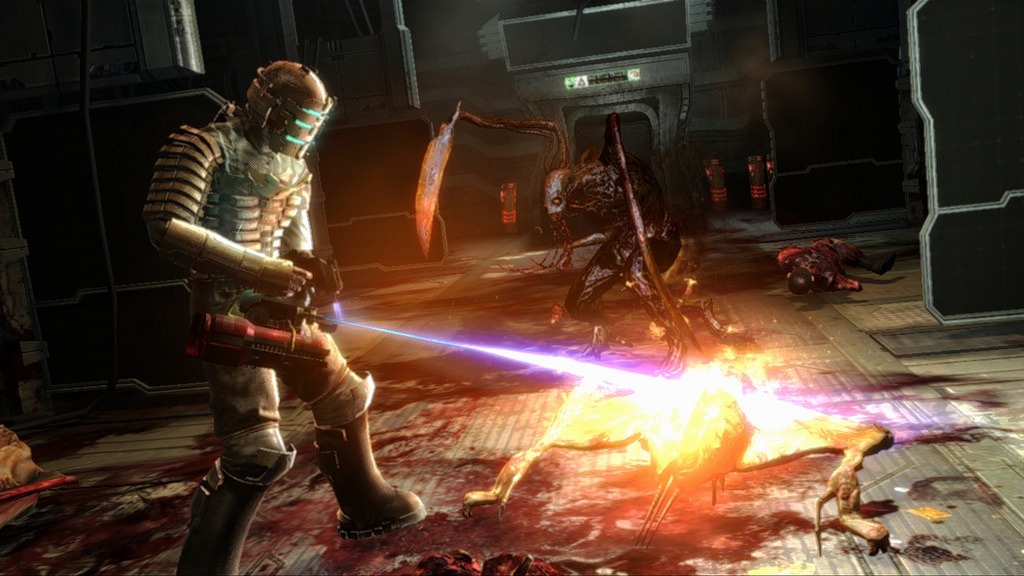Video Game Retrospective: Dead Space
 supplied
suppliedThis past October, Electronics Arts (EA) announced that it would be shutting down Visceral Games, effectively scrapping their unannounced Star Wars game, and restarting development with another studio. This would mark Visceral Games as the latest corporate casualty in a long list of defunct studios formerly owned by EA. I angrily read the news and was reminded that once again, greedy publishers like EA managed to dampen and sacrifice innovation and creativity for marketability and profitability. While some remember Visceral Games as the developer of the heavily-criticized Battlefield Hardline, I fondly remember them for their fantastic 2008 sci-fi horror game Dead Space, which left an indelible impression on myself and the gaming community.
Dead Space told the story of Isaac Clarke, an engineer in the 26th century, who is brought along with a rescue team to travel to the USG Ishimura, a giant ore mining vessel in deep space. The mining crew has mysteriously gone silent along with Isaac’s girlfriend, Nicole, on board. As they board the ship, they realize it’s been infested with disfigured monsters called “Necromorphs,” who were transformed by a mysterious alien artifact on the nearby rock planet of Aegis VII. With limited resources and even more limited time, Isaac must find his girlfriend and stop the Necromorph scourge before it is too late.
The game was a love letter to the genres of science fiction and horror, drawing inspiration from films like Event Horizon, Aliens, and The Thing, and translating them into the video game medium. While the story is admittedly drawn heavily from other sources, what makes the game work is its presentation in atmospheric world building and lore. Collecting text or audio logs reveal the backstories of the world and its characters as you wander down the metal halls of the decaying ship. It created this realistic, claustrophobic industrial spaceship environment, with dark corners and ominous vents for Necromorphs to pop out of. Dead Space rarely railroads you into scripted linear sequences or overextended cinematics, but lets you freely explore the hostile environment of the USG Ishimura as the game draws you into constant fear and terror.
The gameplay was ironically engaging for the ways in which it made the game harder to play than usual, making tension come not from what’s inside the game, but how you play the game. You also have to scavenge the ship for ammunition and health kits, carefully considering whether you will need to use or drop items to make room for others. Instead of a traditional heads-up display like most other games, your health, weapon ammo, and inventory screen are all integrated in-game as this augmented virtual display created by your spacesuit, which means that even checking your inventory leaves you open to attack. Wearing a heavy metal spacesuit, your movement feels slow and sluggish, making every step down every corridor heart-pounding and stressful. Shooting the Necromorphs does nothing; the only way to eliminate them is to dismember them with re-purposed engineering tools like plasma cutters and buzz saws until they’re bloody piles of flesh.
I consider Dead Space to be among my favourite games of all time, which makes the dissolution of Visceral Games to be so disheartening and infuriating to be brought down by poor executive management and corporate greed. Because of impossibly high sales expectations for an already niche sci-fi/survival horror title, EA has since retired the Dead Space franchise indefinitely. Constantly faced with public outcry and controversy for their shady and anti-consumer business practices, it’s no wonder that EA has been considered by gamers, officially and unofficially, as the Worst Company in America. Given their decision to destroy a developer I once admired dearly and the genre-defining Dead Space franchise, I don’t blame them.




